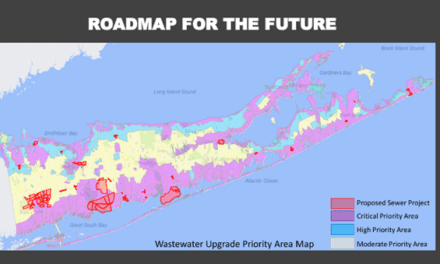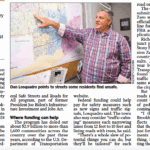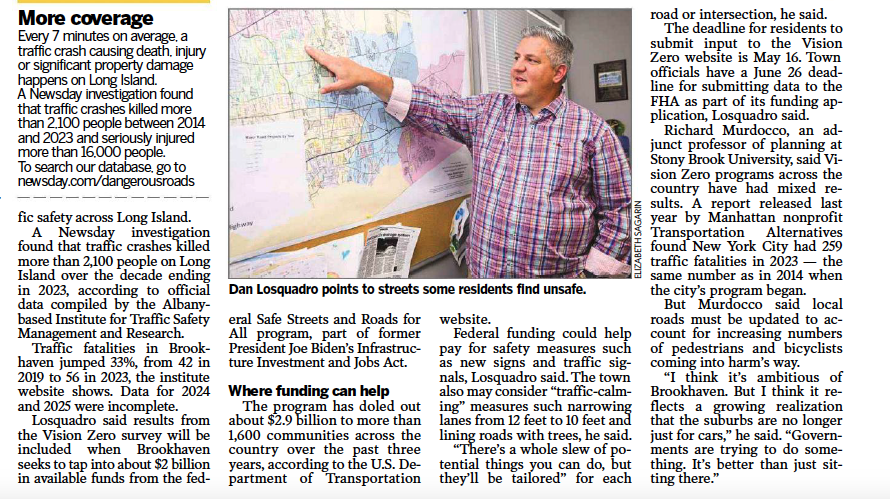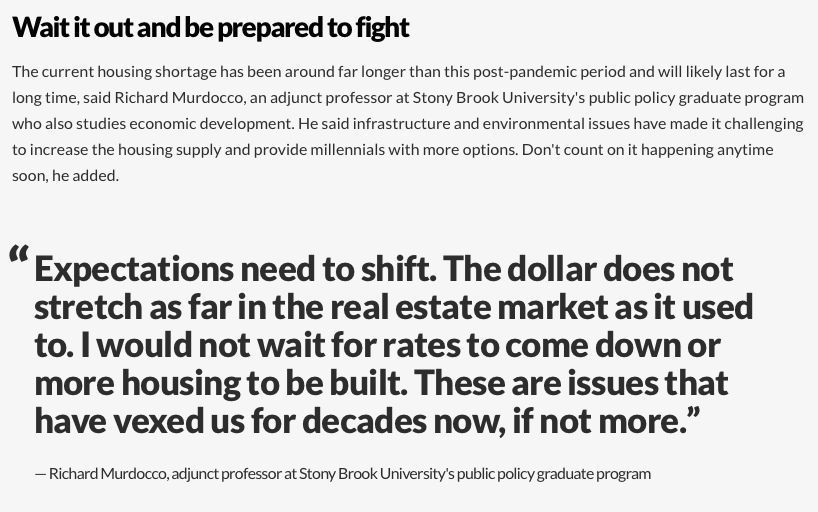The following was written for the Long Island Press, published 12/11/15. You can read the original here.
“Think regionally.”
An easy concept to grasp, but for Long Island, exceedingly difficult words to act upon.
After decades’ worth of patchwork development strategies, the pendulum seems to be swinging back toward regional thought.
First there was Suffolk County’s approval in July of their new Comprehensive Plan, an action followed last week by the County legislature approving the creation of a Regional Planning Alliance Program.
These are substantive developments, but the question remains: When regional planning is conducted on Long Island, is it genuine?
Not exactly. The Regional Planning Alliance Program is an achievement, but at the same time it is potentially a tool that can be used to undermine data-driven planning efforts.
Over the last year, the philosophical shift to regionalism has been brought about by Suffolk County Executive Steve Bellone, who has championed massive-scale projects and bus-rapid transit, a proposal that Long Islanders aren’t exactly clamoring for. His intent is to bring about regional cohesion, going so far to forge regional alliances between Islip and Brookhaven.
It is one thing to create an alliance between two townships that share a border, but another to bring together municipalities across the span of Long Island. Sometimes it seems as if Bellone is planning not to accommodate the future needs of the county, but rather to please New Age urbanists and developers.
For example, his idea for the Route 110 Bus Rapid Transit (BRT) system looks good in a trendy presentation but it may have little practical value, considering it doesn’t do much to actually sync up where Long Islanders work and travel. Is there demand to go between Stony Brook University and Patchogue by bus? How many people are clamoring to go between the SUNY campus and Patchogue Village? And what about those who live north and south of the Route 110 Corridor? Do residents of Amityville and Huntington actually work in Melville, the proposed service area of Bellone’s BRT?
Despite the legitimate questions this approach raises—seven out of 10 town supervisors in Suffolk reportedly opposed the measure out of concern that the county was infringing on their zoning authority—the bill still passed. The County Legislature is following the same regional theme of quasi-cohesion. The Regional Planning Alliance Program seeks to, as Long Island Business News’ David Winzelberg wrote, “incentivize multi-governmental collaboration on developments that affect a wider area than the town or village in which it’s located.” The reason for the strong opposition? The bill requires the towns’ participation in the program in order for projects to be eligible for “designated county resources.”
The Towns, including Islip and Brookhaven which are working together on the Ronkonkoma Hub project, say that the County is infringing upon their local right to control zoning. Brookhaven Town Supervisor Ed Romaine, a level-headed veteran policymaker, said he “opposes this legislation as an infringement on its zoning and land use powers and the county’s intention to withhold viable funding…unless the town permits the county oversight…is wholly inappropriate.”
Their pushback isn’t exactly surprising. Towns on Long Island do not take too kindly to other levels of government coming in and telling them what they have to do. This program is no exception.
The county claims the measure is merely offering “assistance” to save the towns both time and money for large projects, while providing a newly established list of consultants who would be pre-approved by the County Department of Public Works.
The pressing concern isn’t so much about the sovereignty of Suffolk’s 10 townships as it is about the role for the residents. Is this newly crafted program a mechanism that is designed just to expedite the development process? There is a huge need for inter-municipal cooperation, but should the goal be making the development process easier for builders or smarter for the community?
If you ask the Long Island Builders Institute, or the developers themselves, they’d say that the red tape is too costly, Long Island is a horrible place to build, and not worth their time and money. Ask Bellone, with his grand visions of projects tied together by mass transit, and he would agree. After all, there is a brain drain to plug.
Environmentalists would give a resounding no. Developers already get density increases in zoning decisions, they’re allowed to play fast and loose with zoning variances in their development proposals, and they are so politically connected that they can push their projects along and ride roughshod over significant environmental concerns.
Here’s the truth. Both sides are right—and wrong.
For Long Island to improve its long-term prospects, the townships must not fear this new regional alliance but embrace the notion of increased communication between towns and county government about important projects. The public should accept the reality that our region has problems that require regional solutions and not fight every idea tooth and nail. They have to see beyond their backyard fence.
But policymakers cannot allow this new alliance to merely exist as a tool for developers. There is a reason why mega-projects like Jerry Wolkoff’s Heartland Town Square have resided in planning purgatory for so long. Many of them just aren’t that good, despite the hype, and they don’t address our region’s true needs.
While well-intentioned, the new regional alliance proposal lacked specific details to assuage all concerns. As an editorial by the Riverhead News-Review put it, one legislator went so far as to say during the vote that “something stinks.” Something just doesn’t seem quite right, especially considering that many of the town supervisors, and the public for that matter, did not find out about the measure until the last minute. For an alliance that seeks to aid the planning process, which is fueled by data and driven by the public and stakeholders, this marked lack of transparency isn’t a good start.
More troubling is the bill’s supporters’ insistence that projects need speedier approvals. As reported by the Long Island Press, “Proponents urged the Legislature to pass the bill as soon as possible to accelerate a billion dollars’ worth of projects already approved but awaiting funds to start work.” All too often, when the word “accelerate” is associated with development, the end result is higher density urban sprawl that the region is unprepared for—and can’t sustain environmentally.
Politics and special interests cannot continue to mire the process.
If anything, this regional alliance is the opportunity to take a step back, and honestly look at Long Island, assess our regional needs objectively, and implement workable solutions on the local level. Regional planning isn’t about heavy-handed mandates from the mountaintop, but rather, thoughtful, detached analysis that has a beneficial community impact.
Our problems do not stop at the town line or the county border. It’s time we stopped acting like they did. But while we’re talking about the big picture, let’s not give the Island away to the development lobby while we look the other way.









